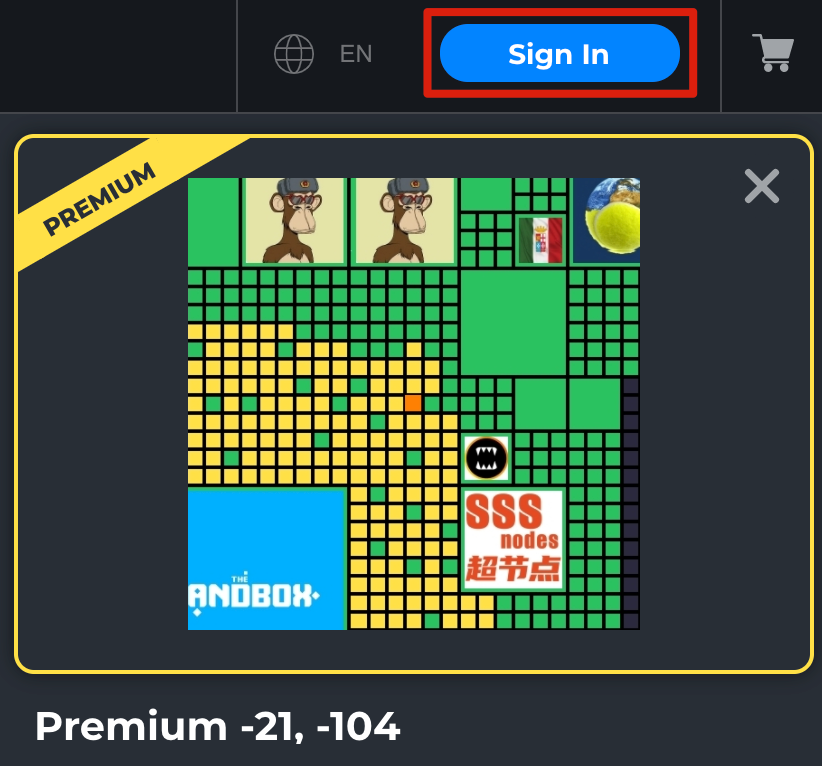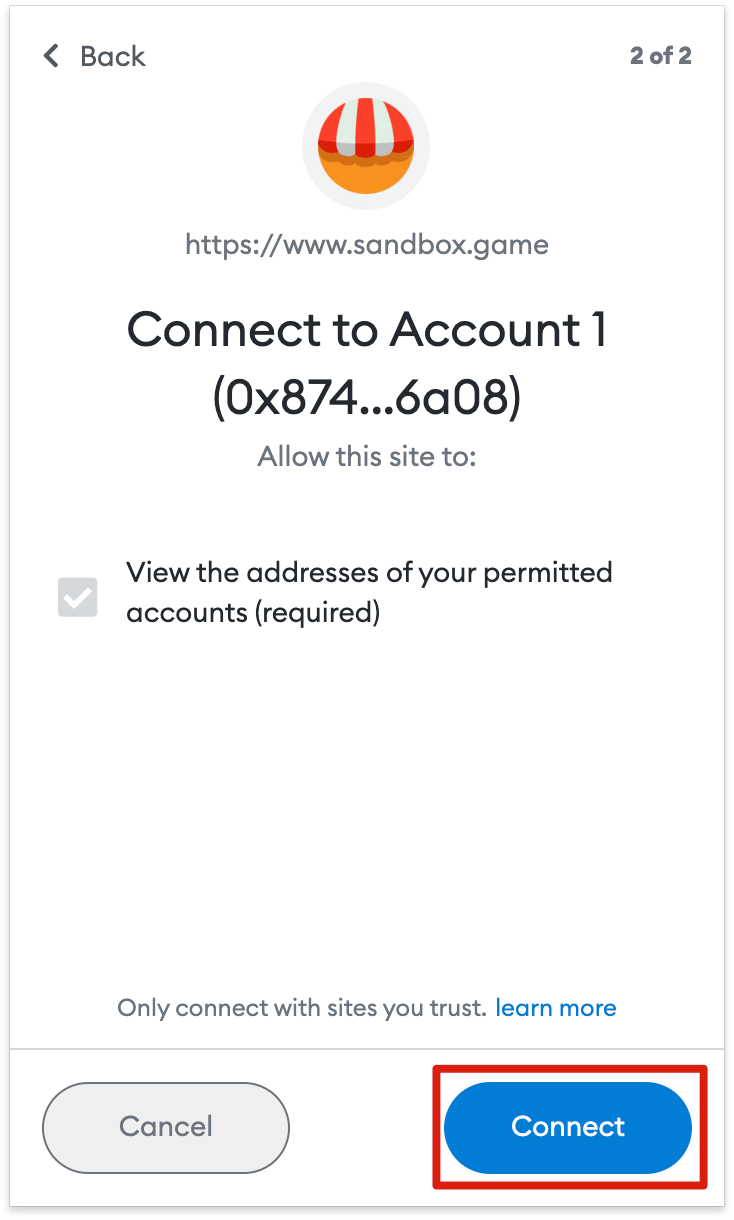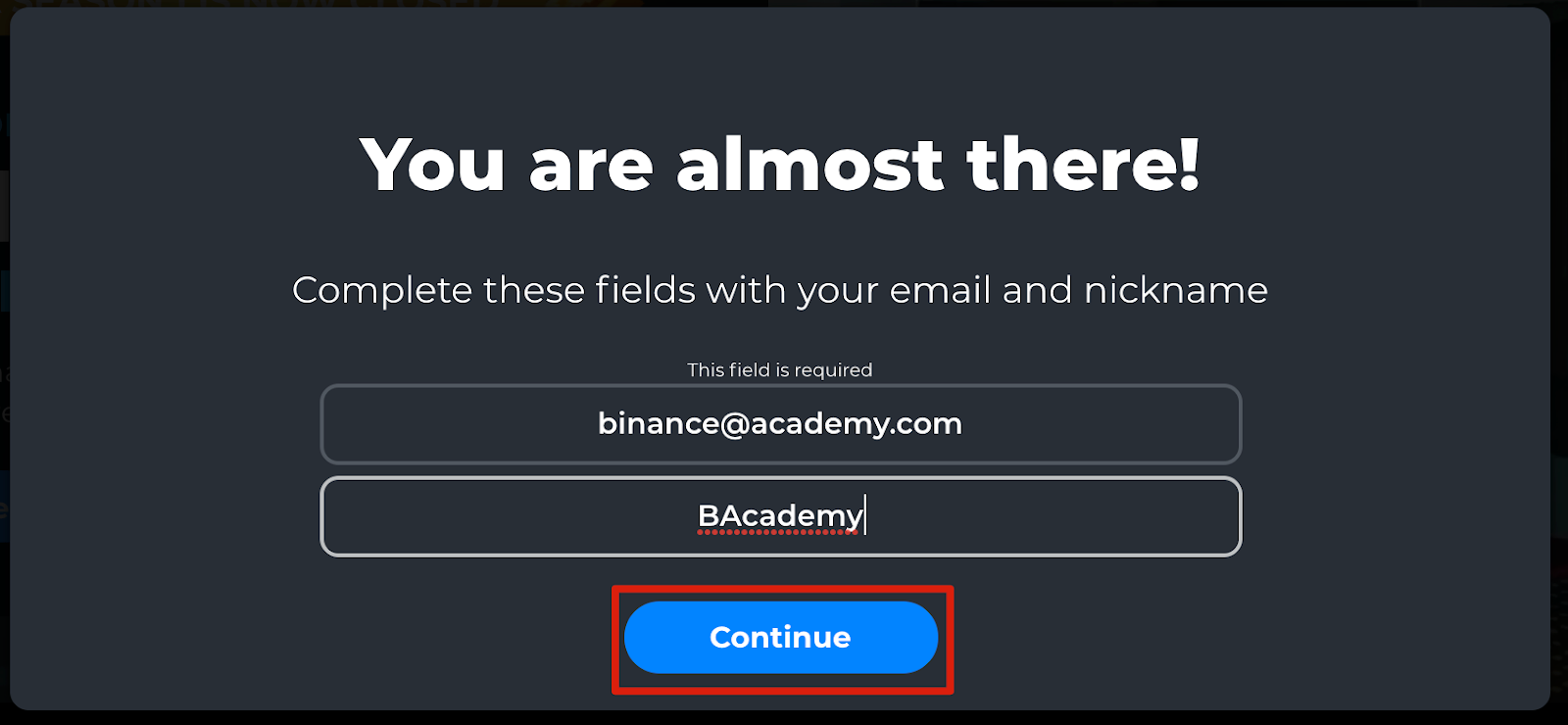Abstract
NFT metaverse land is a piece of virtual real estate represented by non-fungible tokens. Relying on the platform, owners can use their land for social networking, advertising, work, gaming and other use cases.
You can purchase NFT Metaverse land through project land sales or use the NFT market to purchase directly from the land owner. A digital wallet and cryptocurrency are required to purchase land. Land can also be sold to other users through various platforms, and a leasing mechanism will be launched in the future.
Always buy NFT land from land sales projects or on the secondary market through a trusted NFT trading platform. Make sure you fully understand the projects associated with the land and consider the financial risks involved.
Introduction
The Metaverse is increasingly popular among technology enthusiasts, investors and cryptocurrency enthusiasts favor. The demand for virtual land in the 3D digital world has increased significantly, and the market has similarities with real-world real estate. The process of buying and selling Metaverse NFT land is quite simple and you can easily follow our guide.

What is the virtual NFT metaverse land?
NFT land is a piece of digital space that can be purchased in the Metaverse project. Non-fungible token (NFT) holders can use the land for various purposes or purely for speculation. Metaverse projects typically divide maps into smaller areas and sell them in single or multiple land sales. Transactions are usually paid in cryptocurrencies, but some projects also accept fiat currencies.
After purchase, the space often offers a 3D virtual experience for owners and visitors to explore. Land is an NFT, so the authenticity and ownership of these digital assets can be easily proven. Owners can sell their land on the secondary market of third-party trading platforms or through the Metaverse project ecosystem.
What are the use cases for NFT virtual land?
Some investors may be simply speculating, while other buyers may wish to use the land for a specific purpose. The project you choose will affect land use. If the land has enough traffic, it is often used to host events, conferences, and even rent advertising space. Companies such as PricewaterhouseCoopers also include their land in the service. If you buy land from an NFT game, you will most likely receive in-game rewards from the plots.
How to buy land in the Metaverse
The process of purchasing NFT land is the same as purchasing other NFTs. All you need is a wallet and some cryptocurrency to start buying. Always do your own research before taking the plunge and investing.
Step 1: Choose the Metaverse platform
Before purchasing Metaverse real estate, you need to select the Metaverse platform. The reasons for purchasing land will influence the choice of project, which we will cover later in the recommendations section. We will use The Sandbox on Ethereum as a tutorial case, Decentraland is another popular choice.
Step 2: Set up a wallet
You will need to create a wallet that will allow you to spend your own cryptocurrency. You can use a mobile wallet or a browser-based wallet, depending on your personal preference. In general, you encounter fewer problems using browser-based wallets.
MetaMask or Binance Chain wallets are both good choices as they support multiple blockchains, but always verify that the wallet you use supports the blockchain where the NFT Land is located.
When you set up your wallet, you will receive a string of words, which is your mnemonic phrase. Put it in a safe location. If you lose access to your wallet, it can help you recover. It's best to store it in a place that's always offline.
Step 3: Associate your wallet with the Sandbox Market
On the map of The Sandbox, you can see the plots available for bidding. Some of these can be auctioned directly through The Sandbox, while others are hosted on external trading platforms such as OpeanSea. To keep things simple, let’s look at an item that can be bid on through The Sandbox.
Before bidding, you need to associate your personal wallet. On The Sandbox map, click [Login] in the upper right corner. Make sure the wallet is also linked to the correct blockchain, in this case Ethereum.

Next step, click [MetaMask].

MetaMask will pop up a window asking you to associate your wallet. Click [Next].

Click the [Associate] button to continue to associate the wallet.

The Sandbox now requires you to add your email address and create a nickname. Click [Continue] to complete the account settings. You can also voluntarily provide a password if you want to use the SandBox editor.

Click [Signature] at the MetaMask signature request to complete the account settings.

Once the connection is successful, you will see the account balance and personal photo in the upper right corner of the website.

Step 4: Buy SAND or Ethereum on Binance and transfer it to the wallet
You can purchase or bid for land only if you have SAND or Ethereum (ETH) in your wallet. Buying ETH may be more useful as most The Sandbox land sales only accept ETH. You can purchase SAND or ETH with a credit or debit card from your Binance account. For details, please read the Buy Coin guide.

After purchasing cryptocurrency, you need to transfer it to your personal cryptocurrency wallet. Copy the public address from your cryptocurrency wallet and use it as your withdrawal address. Follow our Withdraw Coins from Binance guide to learn the correct steps.

Step 5: Select the plot
You Use the filters below to easily sort the land available in The Sandbox for bidding or purchase. Most The Sandbox land has been sold, which means you can usually only find land on OpenSea. However, you can still bid on these sale lots via The Sandbox map. The Sandbox map is also the best way to verify the purchase of legitimate NFT parcels, as OpenSea’s link is embedded into the user interface.

After you find some land you want to buy, you can click the [Bid] button to make a quote, or click the ETH amount to fix it price to buy. Let's look at placing a bid by clicking [Bid].

You will now see a pop-up window asking you to place a quote. Enter the bid amount and click [Bid], then confirm the transaction with your wallet. If the seller rejects your bid or the sale ends, the cryptocurrency will be returned to your wallet.

If you click Fixed Price, the page will jump to OpenSea to complete the transaction. Before buying land, you need to connect your wallet to the market. If you do not want to quote through The Sandbox, you can also use OpenSea to quote.
How to sell land in the Metaverse
There are usually two ways to sell NFT land. You can sell through the Metaverse Project Market or on the secondary market. The Sandbox is currently only available on third-party markets. In the future, landowners will be able to sell directly through The Sandbox, charging a 5% transaction fee in SAND.
If you want to sell land on OpenSea, just enter your profile and click the [Sell] button on the NFT. You can create fixed-price or fixed-time auctions.
How to lease land in the Metaverse
Projects such as The Sandbox will provide opportunities for landowners to Land is leased to third parties. But there is currently no official system to do this. If you decide to lease your land to someone else, you will need to arrange it privately, and the entire process is risky. When renting, NFT ownership can never be transferred to the tenant. It will be safer when the official guaranteed rental system is launched.
Instructions for purchasing NFT virtual land
Investing in NFT land, like investing in other projects, should always follow the best plan. Make sure to use the official project link or choose a reputable third-party marketplace to purchase NFT land. Before buying, carefully research the platform you are investing in and check the fundamentals. Don’t forget, buying isn’t the only option. If you have specific needs, you may be able to lease some land in the future.

Summary
The digital real estate ecosystem is gaining traction in the cryptocurrency space welcome. As you can see, buying and selling land is relatively easy. However, from a current price perspective, it is sometimes more expensive than investing in physical real estate. If purchasing NFT Metaverse Land, please be sure to consider the risks and follow cryptocurrency security practices.


 Forum
Forum Finance
Finance
 Specials
Specials
 On-chain Eco
On-chain Eco
 Entry
Entry
 Podcasts
Podcasts
 Activities
Activities
 OPRR
OPRR
